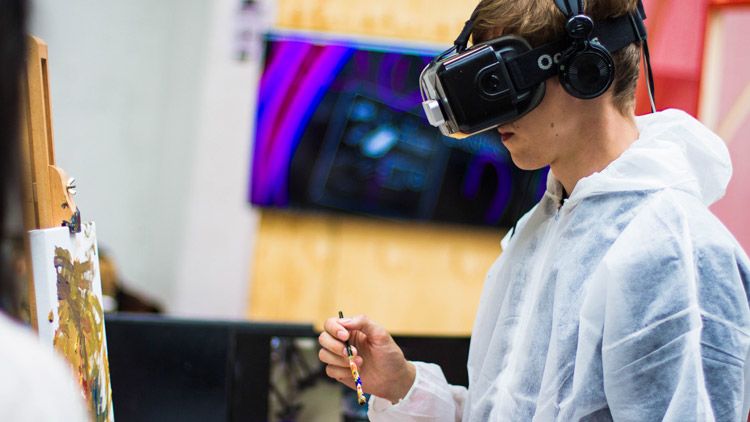News Roundup — Higher Education Digital Marketing

You have digital objectives to meet, and limited time to stay in the loop on how best to implement your online marketing. We can help — here's our latest monthly roundup of industry articles and tools that we believe to be valuable for your work in higher-ed:
Strategy
- How is College Enrollment in the US Changing? Via Higher Ed Data Stories.A serious tool to understand the nuance of your specific higher ed sector. Enrollment data from about 6,600 post-secondary institutions in the US, and goes back as far as 1980. It includes every institution, including those that grant degrees, and those that don't; four-year private, not-for-profits, for-profits, and publics; liberal arts colleges, research universities, and technical institutes.
- Blowing the Whistle on Rankings in College Recruitment. Via Encoura.Although not fully irrelevant, it might be a good time to consider whether the often-hefty fees for displaying college ranking graphics on your site might have a better ROI when spent on other influencers, like your admissions website, search rankings, or overall website.
- Beyond Engagement: the Content Performance Quotient. Via Zeldman.What if high numbers for time on page and length of click trail were actually negative? What if that meant the user is taking longer than necessary to find what they’re looking for? High engagement might be good for certain sections of a site (alumni magazine, strategic goals microsite), but harmful in many other parts if users want to accomplish a task relatively quickly, and be a sign of poor information architecture.
- 3 Tips to Manage Shifting Prospects During Yield. Via Encoura.Young adults are mercurial by nature. Throw them into a complex enrollment environment and they become even more inscrutable. During yield, students absorb information rapidly, introducing difficult-to-predict enrollment behavior. These are key yield strategy tips.
Virtual Reality/Augmented Reality
- Statistics and game-based learning - a virtual reality application. Via EducationDIVE.The availability and affordability of virtual reality technologies will continue to drive it’s use case for game-based learning. Although the field had a troubled infancy, game-based learning is making a noticeable comeback.
- Web-Powered Augmented Reality: a Hands-On Tutorial. Via the Medium.Maybe you've been wondering how Augmented Reality might help your school’s marketing. Maybe you’ve been considering learning the basics. Here’s a helpful tutorial to get you started.
Technology
- Using technology to reduce 'summer melt'. Via EducationDIVE.Each year, at just about every college, some fraction of the freshman class that has paid enrollment deposits never shows up on campus. Called "summer melt," the phaseout is often due to the many administrative tasks new students are supposed to fulfill but don’t. Learn how promising technology helps reduce "summer melt."
- Google takes AMP beyond basic posts with its new story format. Via TechCrunch.AMP Story is a mobile-focused format for creating visually rich stories.
- Meet our Sprint Planning Document. Via University of St. Andrews.Whether you're looking into starting design sprints, or improving your current ones, a low-tech solution to keep you razor sharp on your long-term goals.
- A great course on learning Flexbox. Via the Scrimba.An excellent interactive video tutorial on the basics of Flexbox, some advanced features, and the importance of how Flexbox and CSS Grid complement each other.
For Fun
- Inside the mysterious art — and big business — of color forecasting. Via the NYTimes.
- How to improve your design process with copy docs. Via Medium.
Missed Last Roundup?
- Read the latest on 2018 predictions for higher ed, the pareto principle for your site, improved IPEDS data, Google's mobile page speed changes, the Laws of UX, how CSS Grid compares with Bootstrap, why developer infatuation with Chrome is not good, and more.
Research & Design is a design and technology company. We direct our focus to tackling problems within higher-education—working with colleges,universities, and companies serving higher-education institutions—to solve problems through digital communication.
At our core, we are focused on solving problems through clear, concise websites, applications, campaigns, and digital communication.We believe in design as a way of thinking and problem-solving that can be applied to almost any challenge.
